Television has given us many memorable moments, and a significant part of these memories involves food and drinks. From the beloved coffee of Central Perk to the tempting Krabby Patties, these items have become icons. They not only bring nostalgia but also connect us to our favorite characters.
Krabby Patties

In the underwater world of Bikini Bottom, Krabby Patties are the ultimate culinary delight. Featured in “SpongeBob SquarePants,” these burgers are crafted by the humorous and hardworking SpongeBob at the Krusty Krab. The secret formula makes them irresistible, even to Plankton, who tirelessly schemes to steal it.
With vibrant visuals, Krabby Patties are as playful as the show itself, a staple in the imaginative undersea community. Their allure is universal, a testament to the creativity of the animated series. Who wouldn’t want a taste of this iconic creation?
Monk’s Cafe’s Big Salad
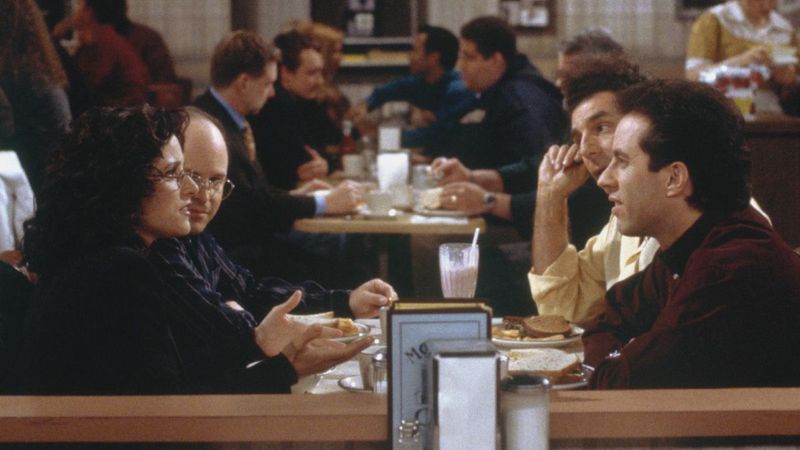
Seinfeld’s “Monk’s Cafe” offered more than just coffee. The “Big Salad,” immortalized by Elaine, became a symbol of the show’s quirky humor. A mix of crisp greens, turkey, and veggies, it was as exaggerated as Elaine’s reaction to George’s salad-giving antics.
This creation transcended the typical diner fare, embodying the eccentricities of the characters. The Big Salad’s legacy endures, a testament to Seinfeld’s ability to make even a simple dish unforgettable. It remains a cherished memory for fans who appreciate the show’s unique take on everyday life.
The Golden Girls’ Cheesecake
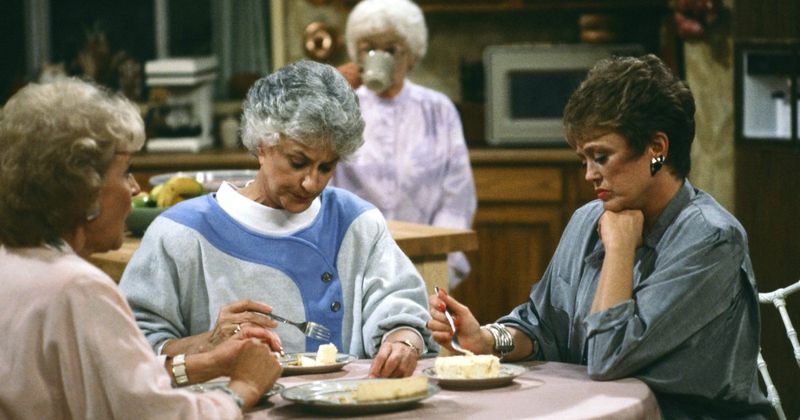
Cheesecake became synonymous with “The Golden Girls,” serving as the backdrop for heartfelt conversations around the kitchen table. The show’s beloved characters, Dorothy, Rose, Blanche, and Sophia, often shared slices of this dessert during late-night heart-to-hearts.
Rich, creamy, and indulgent, the cheesecake symbolized the bond between these women. It wasn’t just a treat; it was a ritual that brought them together. Viewers were left craving not only the dessert but also the companionship it represented, making it a television classic.
Cheers’ Norm’s Beer

At Cheers, a Boston bar where everyone knows your name, Norm’s beer became a symbol of camaraderie and humor. Norm Peterson, played by George Wendt, was greeted with friendly enthusiasm each time he entered.
The bar was not just about drinks; it was about the community and the friendships formed over a cold beer. Norm’s consistent presence and love for his beer made him a beloved character, embodying the spirit of Cheers—a place where everyone felt like they belonged.
The Simpsons’ Duff Beer

Duff Beer, the preferred beverage of Homer Simpson, is a staple of “The Simpsons.” This fictional brew captures Springfield’s spirit with its catchy jingle and hilarious commercials.
Homer’s love for Duff Beer is as enduring as the show’s humor. Whether at Moe’s Tavern or at home, a cold Duff is always within reach. It’s more than a drink; it’s part of the Simpson’s fabric, representing humor and everyday life in an animated world. Duff Beer is as iconic as Homer himself.
Central Perk’s Coffee
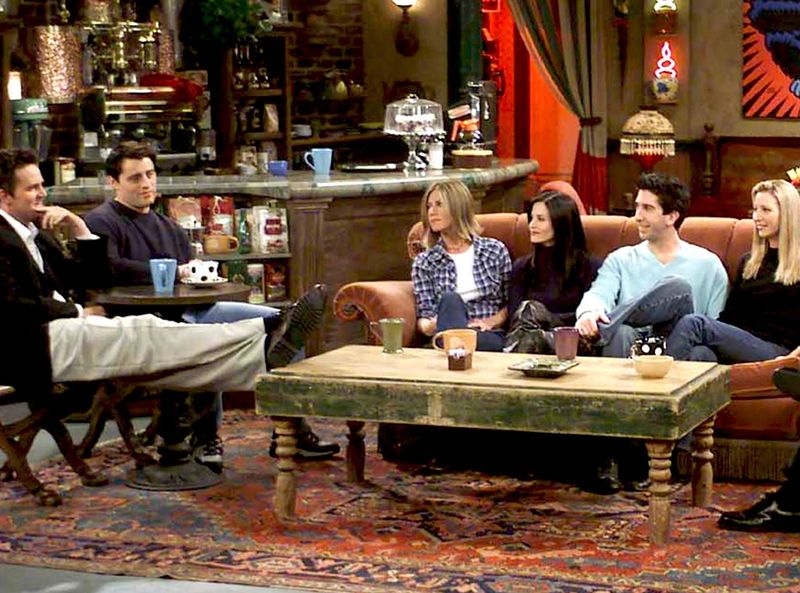
The Central Perk coffee shop, a cornerstone of “Friends,” is as iconic as the group itself. Picture a cozy cafe with a signature orange couch, where Ross, Rachel, Monica, Chandler, Joey, and Phoebe spent countless hours. Coffee mugs steaming with freshly brewed coffee became symbols of their friendship and the place where life unfolded.
The ambiance was as inviting as the beverages were comforting. Central Perk became synonymous with coffee culture in the 90s, embodying warmth and camaraderie. Viewers could almost taste the rich, comforting aroma through their screens.
Twin Peaks’ Cherry Pie
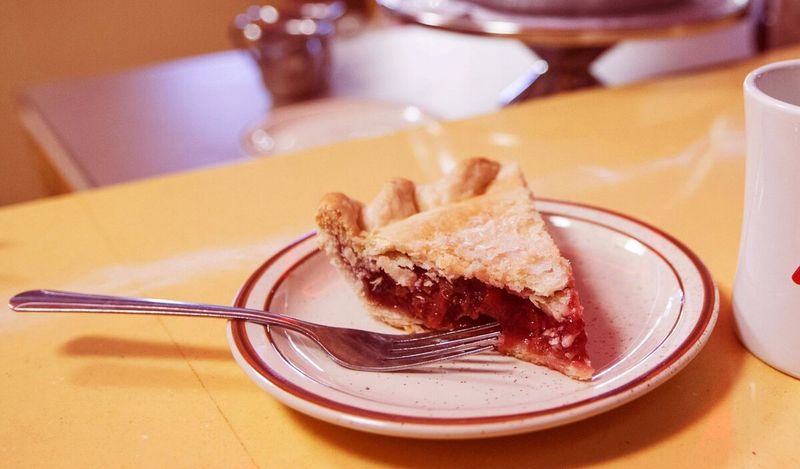
“Twin Peaks” brought us the unforgettable cherry pie, a beloved treat of FBI Agent Dale Cooper. At the Double R Diner, cherry pie was more than dessert; it was an obsession.
The show’s atmospheric mystery was mirrored in this simple pie, with its rich, sweet cherries and flaky crust. It captured the essence of Twin Peaks—unpredictable and intriguing. Agent Cooper’s affection for the pie added a layer of warmth to the chilling narrative, making it a key element of the show’s legacy.
The Sopranos’ Baked Ziti
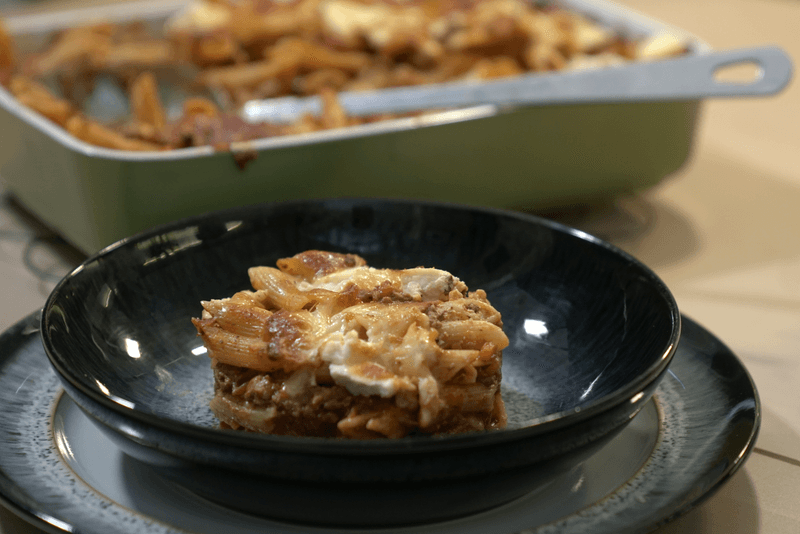
In “The Sopranos,” food was central to family gatherings, with baked ziti reigning supreme. This Italian-American dish symbolized comfort and tradition, often shared during pivotal family moments.
Rich with cheese and sauce, baked ziti was more than sustenance; it was a connection to heritage. For the Sopranos, it represented love and loyalty, cementing its place as a culinary icon within the mafia narrative. This dish remains as memorable as the series, illustrating the power of food in storytelling.
I Love Lucy’s Vitameatavegamin
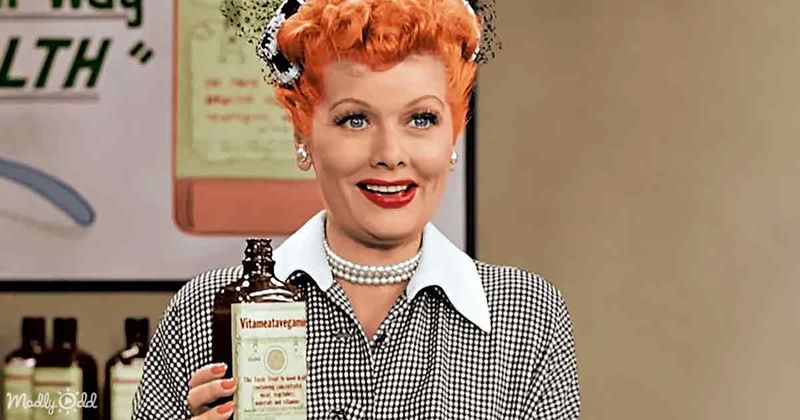
“I Love Lucy” gave us many laughs, but none as memorable as Lucy Ricardo’s Vitameatavegamin commercial. This fictional tonic, supposedly rich in vitamins, became a comedic highlight.
Lucille Ball’s performance, as she humorously struggled with the effects of the tonic, showcased her brilliance in physical comedy. The scene remains one of television’s most iconic moments, reflecting the show’s timeless appeal. Vitameatavegamin is etched in pop culture as a testament to Lucy’s comedic genius.
Gilmore Girls’ Coffee

Coffee in “Gilmore Girls” is more than a beverage; it’s a lifeline. Lorelai and Rory Gilmore’s caffeine obsession at Luke’s Diner is legendary, fueling their rapid-fire conversations and witty exchanges.
Their love for coffee symbolizes their unique bond and the quirky charm of Stars Hollow. Viewers often found themselves reaching for a cup, drawn in by the show’s comforting rhythm. Coffee in “Gilmore Girls” became synonymous with warmth, humor, and the essence of small-town life.
The Office’s Pretzel Day
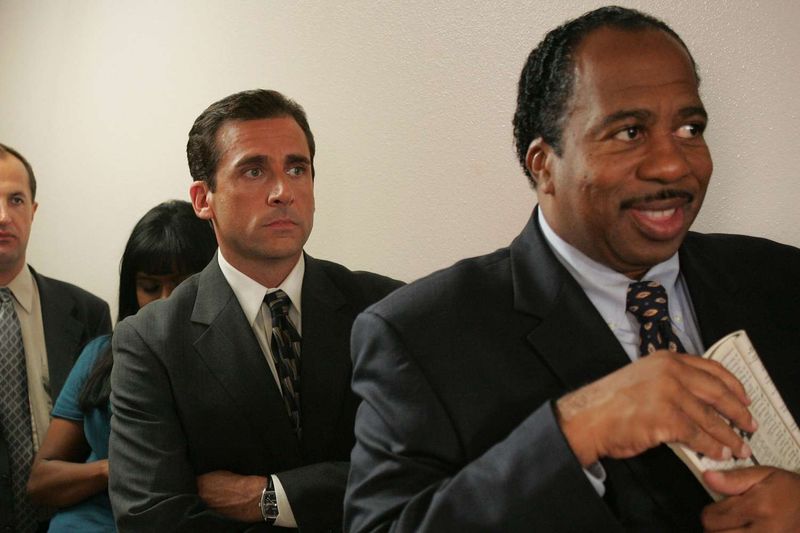
“The Office” gave us many laughs, but Pretzel Day stands out. For Stanley Hudson, this day was sacred, filled with anticipation and joy. The soft, warm pretzels, adorned with a variety of toppings, became a symbol of simple pleasures in the workplace.
This annual event brought humor and camaraderie to Dunder Mifflin, showcasing the importance of small joys in everyday life. Pretzel Day remains a cherished moment for fans, embodying the quirky spirit of the show.
Mad Men’s Old Fashioned
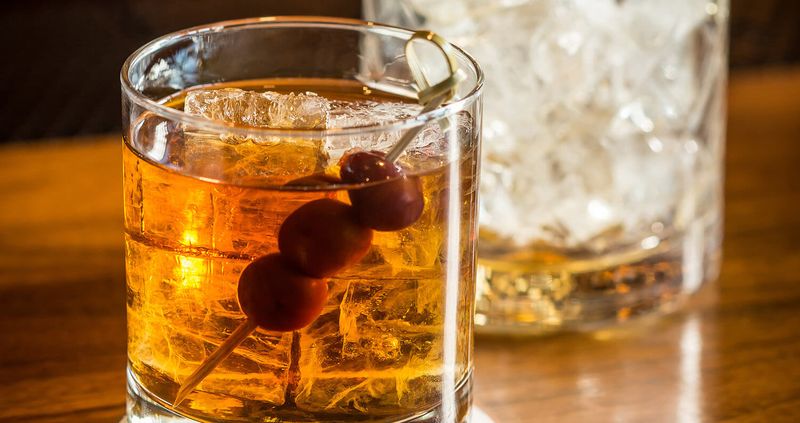
In “Mad Men,” the Old Fashioned cocktail was as classic as the show’s style. Don Draper’s preferred drink, it symbolized the glamour and complexity of the 1960s advertising world.
With its blend of whiskey, bitters, and sugar, the Old Fashioned was more than a drink; it was a reflection of character and era. Its presence added sophistication to the narrative, capturing the essence of “Mad Men”—elegant yet intricate, much like Draper himself.
Three’s Company Roper’s Stew
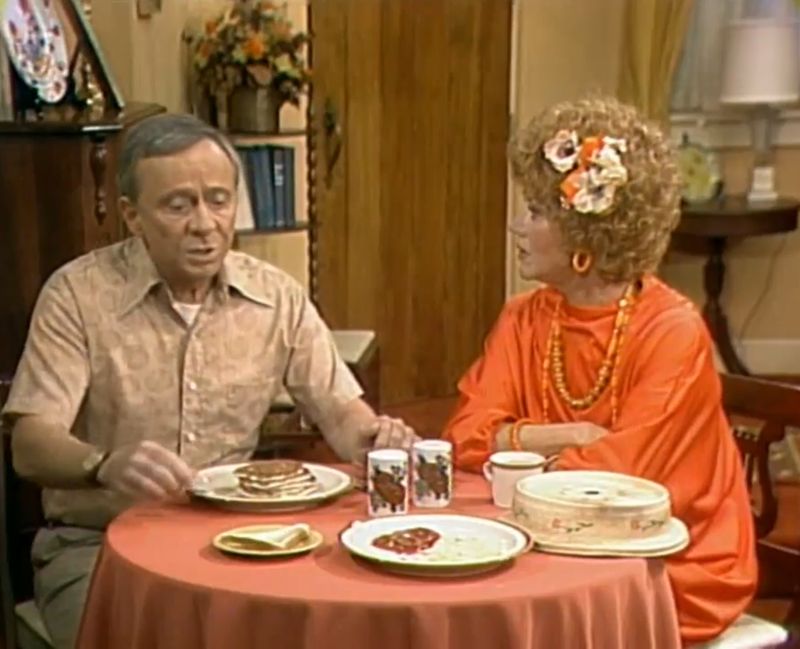
In “Three’s Company,” Roper’s Stew was a culinary enigma. Mrs. Roper’s attempts at cooking often led to humorous results, with her stew becoming infamous among the characters.
The dish, much like the show, was a mix of quirky ingredients and comedic timing. It symbolized the lighthearted chaos of the Ropers’ household, providing endless laughs and memorable moments. Roper’s Stew remains a delightful reminder of the show’s ability to turn everyday mishaps into comedy gold.
Will & Grace’s Honey Pie
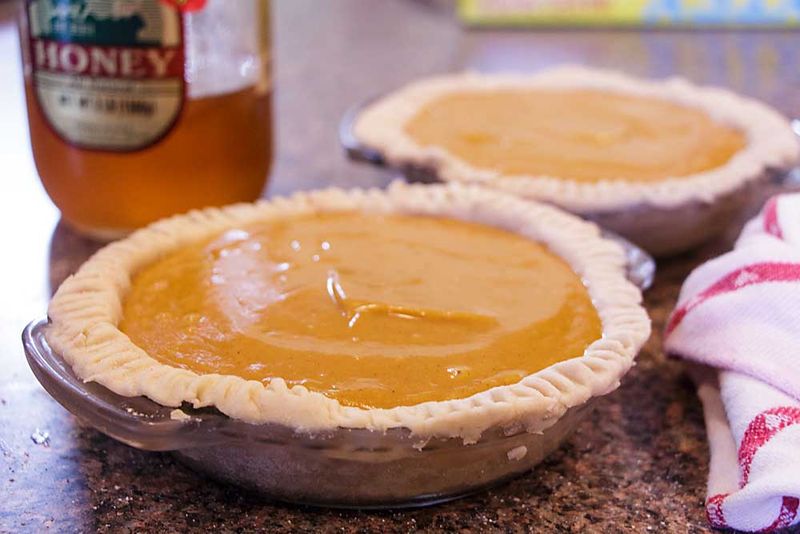
In “Will & Grace,” Honey Pie added a touch of sweetness to the show’s vibrant dynamic. Karen Walker’s endearing nickname for her beloved Rosario, it reflected the quirky affection between the characters.
The pie itself, often a metaphor for their unique relationship, symbolized the bond that transcended traditional friendship. With its mix of humor and heart, Honey Pie became an emblematic element of the show’s charm and warmth.
Arrested Development’s Cornballer
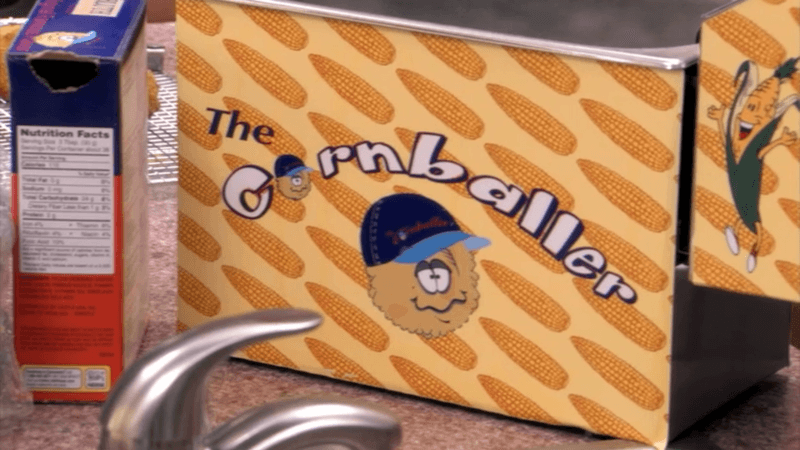
The Cornballer in “Arrested Development” is both hilarious and hazardous. Invented by George Bluth Sr., this deep-frying device became infamous for causing injuries, adding to the show’s absurdity.
Once banned in the U.S., it continued to be used by the Bluth family, resulting in comedic mishaps. The Cornballer epitomized the show’s clever wit and chaotic family dynamics, leaving a lasting impression on its audience.
The IT Crowd’s Moss’ Milk
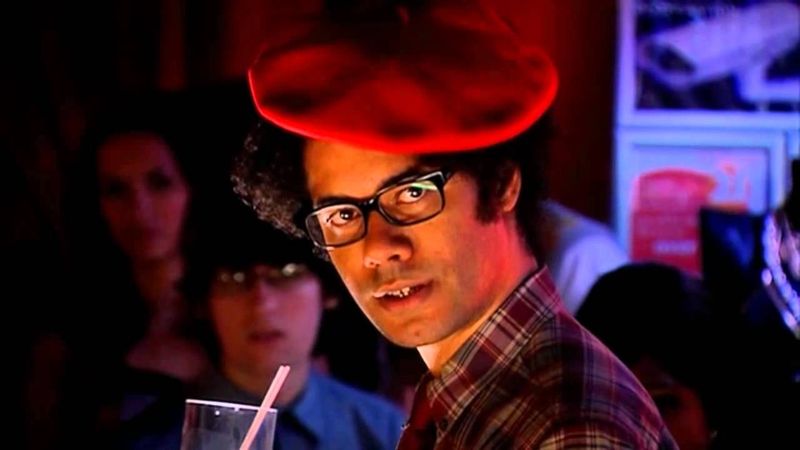
In “The IT Crowd,” Moss’ Milk became an unexpected comedic gem. Maurice Moss, with his endearing awkwardness, made even a simple drink memorable.
Whether used for calming nerves or in bizarre situations, the milk added a layer of humor to the show’s eccentric narrative. It was a testament to the series’ ability to find comedy in the mundane, turning everyday items into iconic symbols.
Friends’ Meat Trifle

Rachel’s meat trifle in “Friends” is a culinary disaster turned comedy gold. Intended as a traditional English dessert, a recipe mishap led to an unforgettable blend of sweet and savory layers.
The friends’ reactions ranged from polite encouragement to barely concealed horror. This scene captured the essence of “Friends”—humor found in the imperfections of life. Rachel’s trifle remains a fan-favorite moment, symbolizing the show’s quirky charm.
The Fresh Prince’s Philly Cheesesteak

In “The Fresh Prince of Bel-Air,” the Philly cheesesteak was more than a sandwich; it was a link to Will’s roots. This classic delicacy, with its juicy steak and melted cheese, encapsulated the spirit of Philadelphia.
Will’s love for the cheesesteak added authenticity to his character, bridging his past with his new life in Bel-Air. The sandwich became a flavorful emblem of cultural identity and nostalgia, cherished by fans as a tasty nod to Will’s origins.
Parks and Recreation’s Waffle

In “Parks and Recreation,” waffles were more than breakfast; they were Leslie Knope’s ultimate indulgence. At JJ’s Diner, they were a staple of her diet and a source of joy.
Golden, fluffy, and topped with whipped cream, waffles symbolized Leslie’s enthusiasm for life’s pleasures. They became an iconic part of the show, reflecting the warmth and humor of Pawnee. Fans continue to associate these waffles with the show’s delightful charm.
Brooklyn Nine-Nine’s Pizza
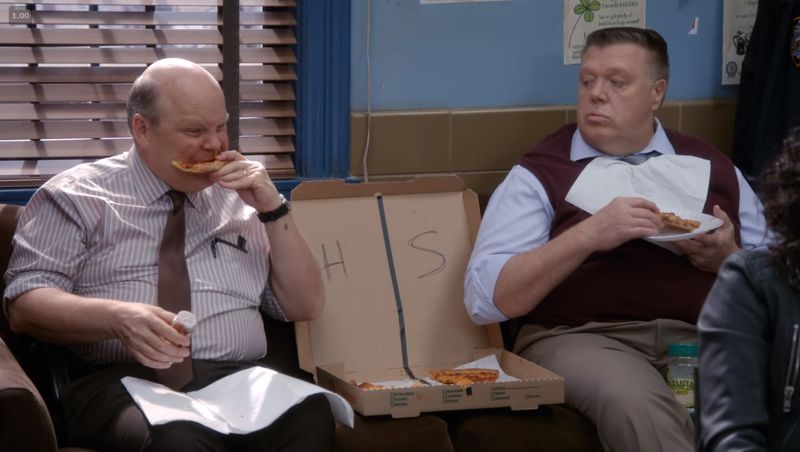
In “Brooklyn Nine-Nine,” pizza was more than a meal; it was a unifying force. The detectives of the Nine-Nine precinct often gathered around a box of pizza, finding camaraderie in every slice.
Cheesy and delicious, pizza became a staple in the show’s comedic narrative. It symbolized teamwork and friendship, fueling their adventures in crime-solving. The pizza scenes continue to be a fan-favorite, capturing the essence of the show’s fun-loving spirit.
Hannibal’s Gourmet Cuisine
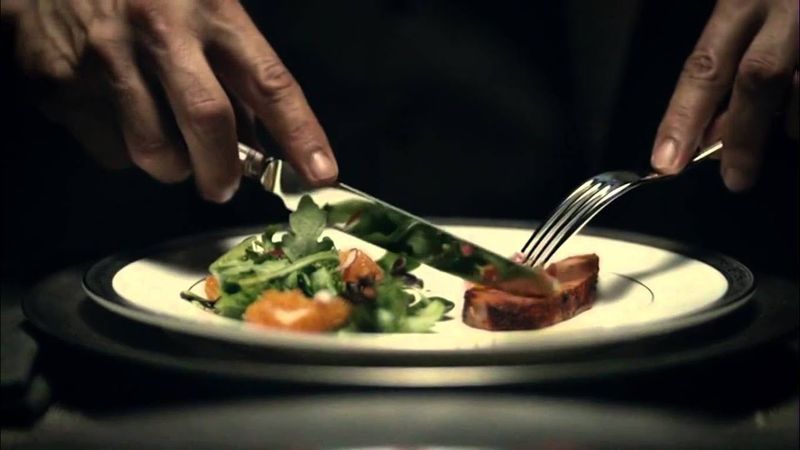
In “Hannibal,” food was art. Dr. Hannibal Lecter’s gourmet dishes, though sinister in nature, were crafted with meticulous care and aesthetic flair.
His culinary creations, beautifully presented, were as intriguing as his character. The juxtaposition of elegance and horror made the food scenes both captivating and unsettling, adding depth to the show’s dark narrative. Hannibal’s cuisine remains a chilling reminder of refined decadence.
Leave a comment